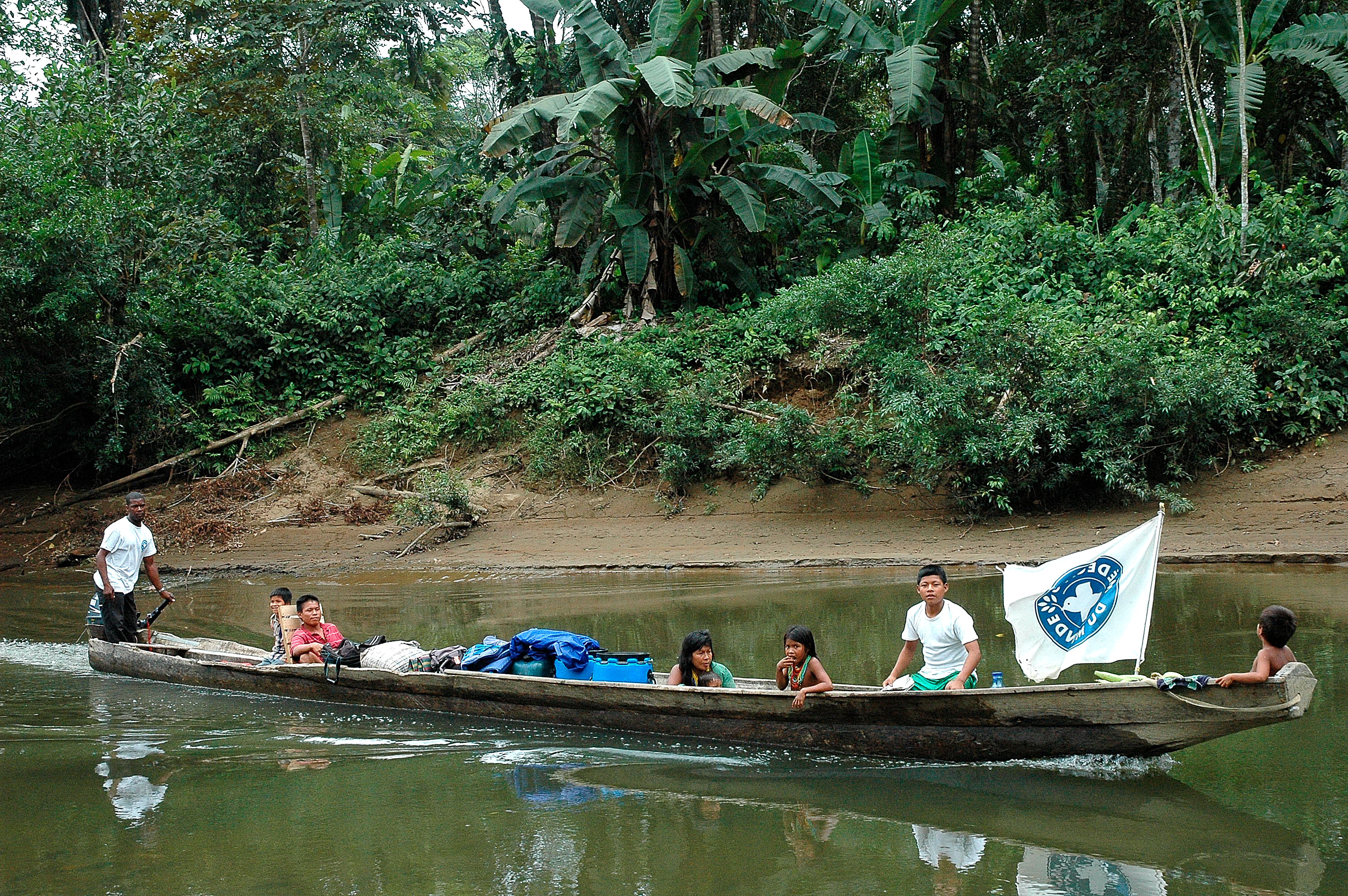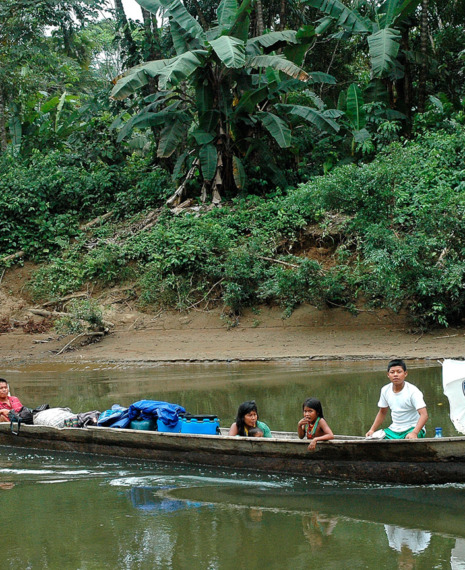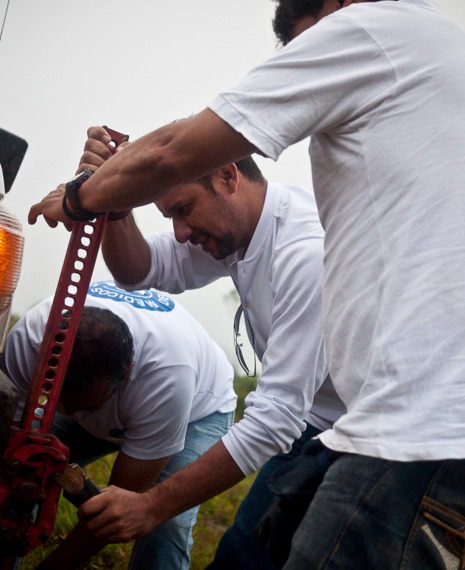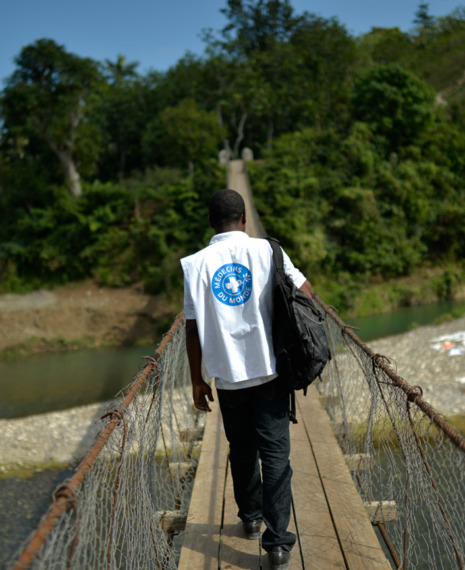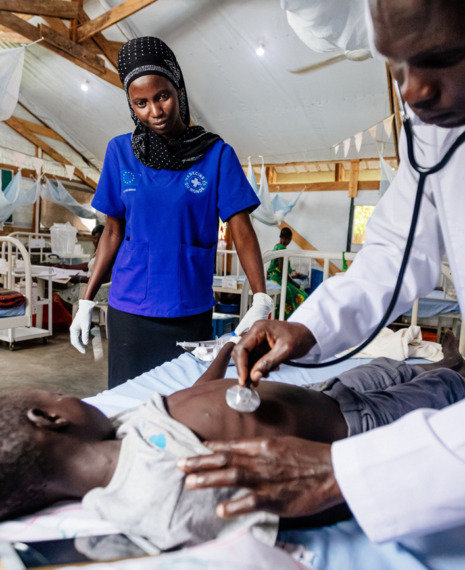339 million people will need humanitarian assistance in 2023
While providing vital assistance to populations affected by conflict, humanitarian and health workers continue to be targeted, kidnapped, criminalised, injured and sometimes even killed. To mark International Humanitarian Day on 19 August, Handicap International – Humanity & Inclusion, Médecins du Monde and Action Against Hunger are publishing a joint report, “‘The risks we take are beyond comprehension’ – Better protecting humanitarian and health workers”, which takes stock of the challenges and key demands of humanitarian organisations to better protect humanitarian and health workers.
We call on international donors to take greater account of the security of humanitarian and health workers in the funding allocated to organisations and ask governments to ensure that international humanitarian law and humanitarian principles are respected.
Main threat: conflicts and repeated violations of international humanitarian law and humanitarian principles
In 2022, at least 439 attacks against humanitarian workers were recorded by the Aid Worker Security Database. For health workers, 2022 was the most violent year in 10 years. 1,989 violent incidents against health facilities and staff were recorded, resulting in 232 deaths among health workers. Around twenty countries, including South Sudan, the Democratic Republic of Congo, Myanmar and Ukraine, are particularly dangerous for aid and health professionals.
Although they must guarantee people safe access to aid under international humanitarian law and humanitarian principles, governments and armed groups are constantly putting aid workers at risk. They perpetuate attacks against them or introduce measures that politicise and criminalise humanitarian action and the medical mission. In so doing, they increase the risk of violence and prevent aid professionals from carrying out their fundamental mission: to provide vital assistance and healthcare based solely on the needs of the affected populations.
Local health and humanitarian workers: the most exposed and least protected
90% of humanitarian and healthcare workers who fall victim to attacks are local actors. They are on the front line, where needs are greatest, delivering assistance and healthcare in areas that are often inaccessible to international actors. They are the most exposed to the risk of violence but are often left with few resources. Donors and international partners must support them and ensure that resources are shared to enable them to ensure their own safety.
Faced with these risks, insufficient funding to ensure safety
To ensure the safety of their staff, humanitarian organisations must put in place strategies to prevent and respond to risks to their personnel. They must be able to equip themselves with equipment, train their staff and have people dedicated to security management, ensure evacuations from high-risk areas, and provide psychological, financial or legal support to staff who are victims of attacks and to their families. However, organisations are finding it difficult to have these costs financed, and are sometimes forced to choose between ensuring the highest level of security protection for their staff and financing other costs required to implement projects.
